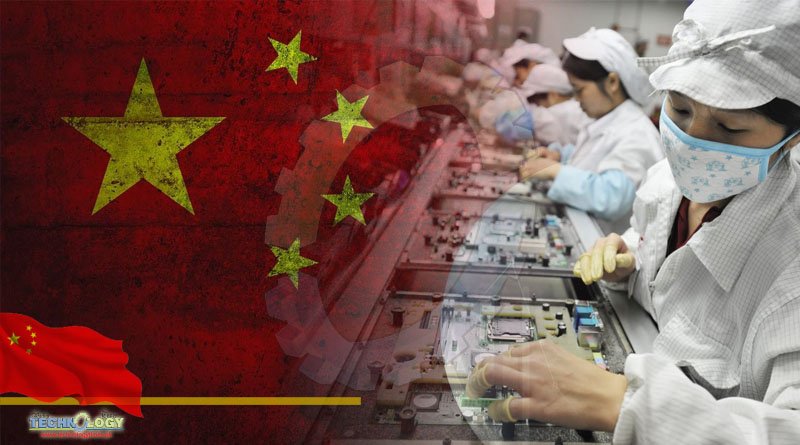The Chinese corporates’ R&D spending to continue to rise corporates to boost competitiveness and technological self-sufficiency, amid a slowing economy.

The Chinese corporates R&D spending to continue to rise corporates to boost competitiveness and technological self-sufficiency, amid a slowing economy and rising competition both domestically and internationally. Increasingly supportive policies, such as a pre-tax super deduction, have also encouraged corporate R&D.
Chinese corporates R&D spending has been rising by double digits since 2016, after regulators launched a massive pre-tax super deduction programme to drive industrial upgrades. Corporates, especially those in hi-tech manufacturing, aim to boost competitiveness and reduce reliance on imported technology. China exceeded the UK and France in terms of the total R&D spending/GDP ratio in 2020, although it still lagged behind the US, Germany, Japan and South Korea, according to the World Bank.
We expect Chinese corporates R&D spending/GDP ratio to continue to rise from 1.9% in 2021 and 1.6% in 2015, despite China’s slowing economy. The is likely to be buoyed by the country’s more supportive R&D policies amid western countries’ increasingly cautious attitude towards technology exports, together with corporates’ rising R&D awareness.
The ratio to continue rising, despite China’s slowing economy, as the country rolls out further policy support to encourage innovation and counter Western countries’ tightened approach to technology exports. State Entity’s R&D Spending Outstrips Private-Sector Investment R&D spending against top-line growth at state-owned enterprises (SOEs) and large listed companies (listcos) has risen faster than at privately owned enterprises (POEs) and medium-sized listcos.
Fitch’s study of 4,900 A-share listed companies shows rising median R&D intensity, as measured by the R&D spending/revenue ratio, during 2018-1H22. Median R&D spending growth of listed state-owned enterprises and large companies outpaced revenue growth by an increasing margin. This was likely because state-owned enterprises bear policy mandates to seek technical breakthroughs, while privately owned and medium-sized listed companies are engaging in more technology-driven sectors.
The IT services sector has the highest R&D intensity among all sectors, followed by high-tech manufacturing, which contributes around one-third of listed manufacturers’ R&D spending. Strong demand for renewable-energy equipment and electric vehicles due to the ongoing global energy transition boosted R&D spending in the non-ferrous metal sub-sector.
However, traditional sectors largely reported slowing R&D spending in 1H22 from 2021 levels, amid slowing economic growth.
Originally published at Fitch Ratings
